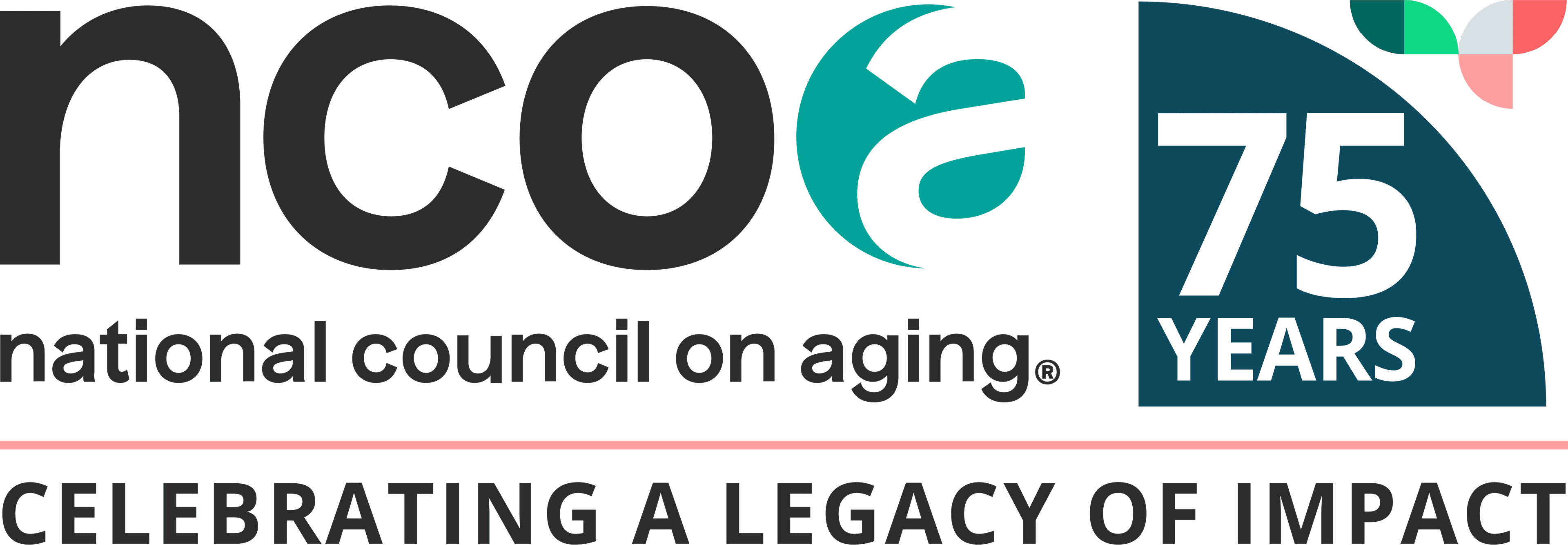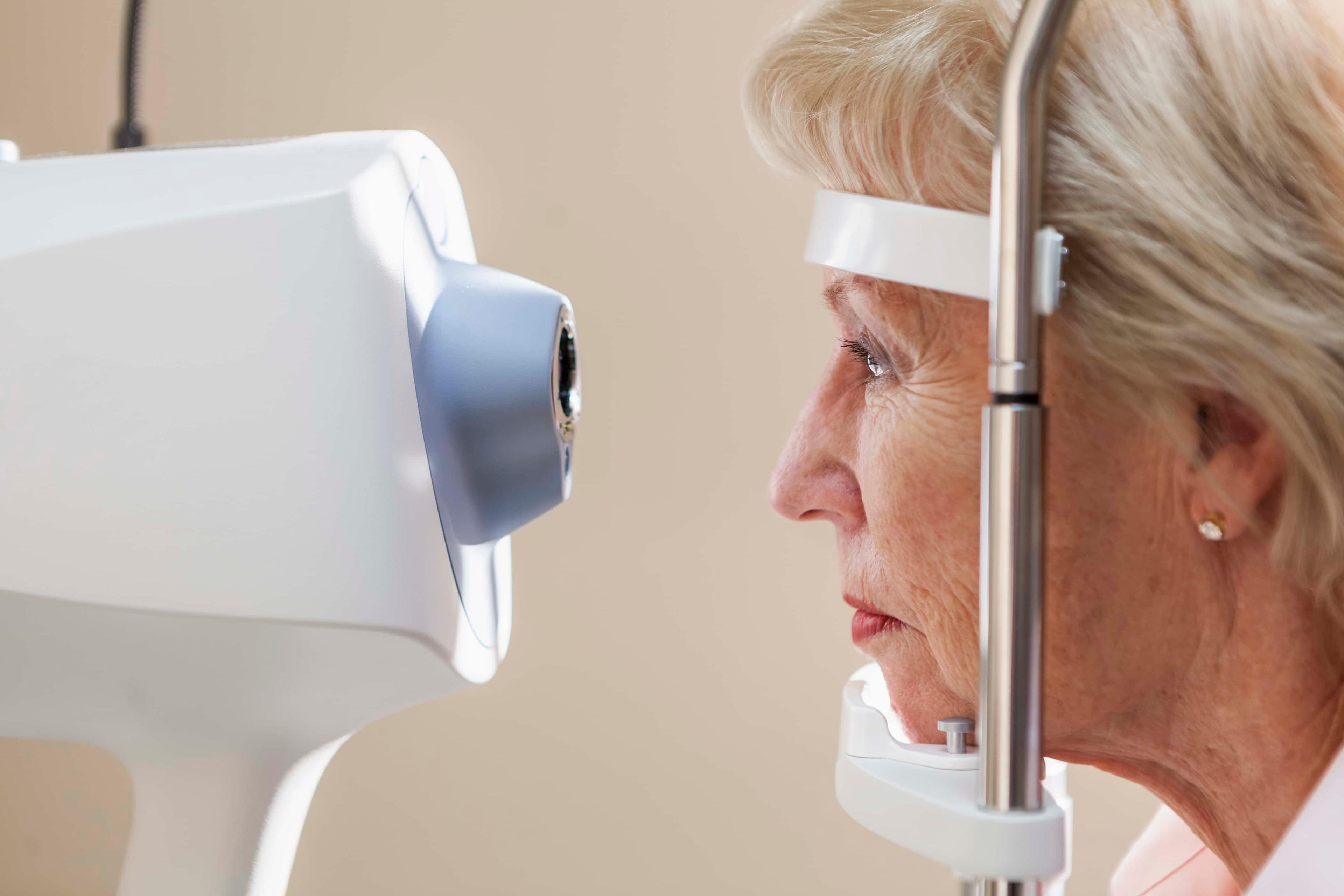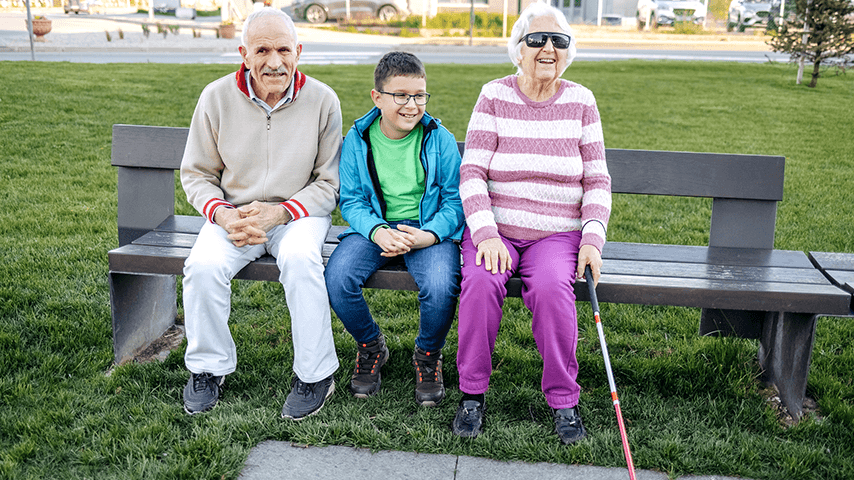Mental Health Risk and Vision Loss: How to Help
4 min read

Good mental health is important for everyone's overall quality of life and well-being. But the millions of Americans living with low vision and blindness are more likely to face mental health challenges.
The Big Data Project Reports indicate that adults living with blindness and low vision face nearly double the rate of anxiety and depression compared to those with normal vision. It's crucial that health care professionals, caregivers, family, and friends recognize the signs of mental illness to provide the right help at the right time.
What is the connection between vision loss and mental health?
According to estimates from the 2023 National Health Interview Survey, more than 51 million US adults reported experiencing some level of vision loss. It’s estimated that 12 million adults have significant difficulty seeing or are unable to see, even when wearing glasses or corrective lenses.
Living with blindness presents difficulties that without proper guidance and support from family, friends, and professionals can overwhelm—physically, emotionally, and psychologically.
While each person living with significant vision loss reacts and adapts differently, there are key factors that contribute to increased depression and anxiety among this group:
- Loss of independence—Once simple and familiar tasks at home, on the job, and in society become increasingly difficult without assistance. Particularly for adults who lose their vision later in life, sudden dependence on others can lead to frustration, feelings of helplessness, and low self-esteem.
- Social solation—People learning to live with blindness may sometimes withdraw from people, places, and activities that once gave them pleasure and purpose, due to self-consciousness or fear of unfamiliar environments. Opting-out can lead to loneliness and feelings of isolation, which undermine emotional stability.
- Fear of being a burden—The first step from self-reliance to reliance on others can be unsettling for many people who lose their sight. Learning to ask for and accept help is a process that can challenge close relationships and lead to feelings of helplessness, anxiety, and fear of exponential decline.
- Risk and fear of falling and other injuries—Navigating unfamiliar surroundings with low vision can reduce safety and increase stress, anxiety, and feelings of vulnerability. The fear is legitimate, as falls are the leading cause of fatal and non-fatal injuries among older adults. The Centers for Disease Control (CDC) reports that one in four Americans age 65+ falls each year. Falls risk – and the fear of falls that goes with it-- is significantly greater for those with blindness and low vision. Learn more by accessing important fall prevention reports, articles, and helpful toolkits for professionals.
- Employment issues—Vision changes can impact employment. Without vision rehabilitation programs and training, many people living with blindness and low vision will struggle to maintain employment and have difficulty finding new jobs, resulting in diminished self-confidence and increased anxiety about the future and finances.
- Social stigma—Despite ongoing efforts to educate the sighted world about the challenges and abilities of those living with vision loss, the misconceptions, discrimination, and marginalization that they encounter daily persist and can erode their self-confidence, optimism, and sense of purpose.
Depression and anxiety
Older adults with vision loss are particularly vulnerable to anxiety and depression, which may include:
- Persistent sadness, frustration, and hopelessness
- Reduced participation in enjoyable activities
- Withdrawal from family, friends, and social situations
- Lack of energy, increased fatigue
- Changes in eating or sleeping habits
- Difficulty concentrating and making decisions
- Chronic fears, perpetual worry, or panic attacks
- Increased physical symptoms, i.e., headaches, muscle pain, GI distress
- Expressed feelings of worthlessness or being a burden
- Thoughts of self-harm or suicide
Tragically, depression and anxiety can easily be mistaken for “normal” reactions to vision loss and remain undiagnosed and untreated.
Helping clients cope
You can help clients living with blindness and low vision:
- Provide referrals to local mental health services
- Provide referrals for vision rehabilitation services and training
- Encourage social contact and support groups
People struggling with depression, despair, and anxiety often isolate themselves, further undermining their emotional well-being. Remaining engaged with the things that once gave them joy – including family, friends, and hobbies—is a vital lifeline. Many vision rehabilitation agencies across the US host support groups, community activities, and peer networks for adults living with blindness and low vision.
Vision rehabilitation training and services provide hope
Vision Rehabilitation is a vital step in the continuum of care for adults living with blindness and low vision. Services, training, and support provided by vision rehabilitation agencies support every aspect of adult life, and include:
- Independent living skills training to help reclaim independence
- Orientation and mobility (O&M) training teaches safe and confident travel at home, at work, and in the community
- Assistive technology includes screen readers, voice recognition software, GPS/navigation software, AI image recognition, and more, help adults with vision loss discover with a new way to interact and communicate with the world
- Employment services assist in training to maintain existing jobs and careers or support to transition into new positions
- Adaptive devices and specialized low vision aids include magnifiers, smart devices/appliances, and talking wearables, and so much more
- Support groups and counseling
The support, training, and community provided by vision rehabilitation agencies can dramatically improve daily function, safety, and independence of your clients living with vision loss. When your support and these services help restore independence and self-confidence you decrease the risk of depression and anxiety.
How to connect older adults with a local vision rehabilitation agency
Take the first step to support your clients with blindness and low vision by providing a referral to a local vision rehabilitation agency. Start with this list of Vision Rehabilitation Agencies and visit Time to Be Bold to locate state and local vision rehabilitation services and other area resources. You and your clients can call the APH hotline to find support and practical coping strategies for everyday tasks, join remote discussion groups, and access free online resources at the APH Connect Center and VisionAware. National organizations, including the American Foundation for the Blind (AFB) and the National Federation of the Blind (NFB), are invaluable sources of information and services. National Industries for the Blind (NIB) provides career and employment information and resources.
Access your free national Big Data Project Report to see the dramatic increases in many physical and mental health issues related to blindness and low vision. You can also access a toolkit created for professionals supporting adults with blindness and low vision.



